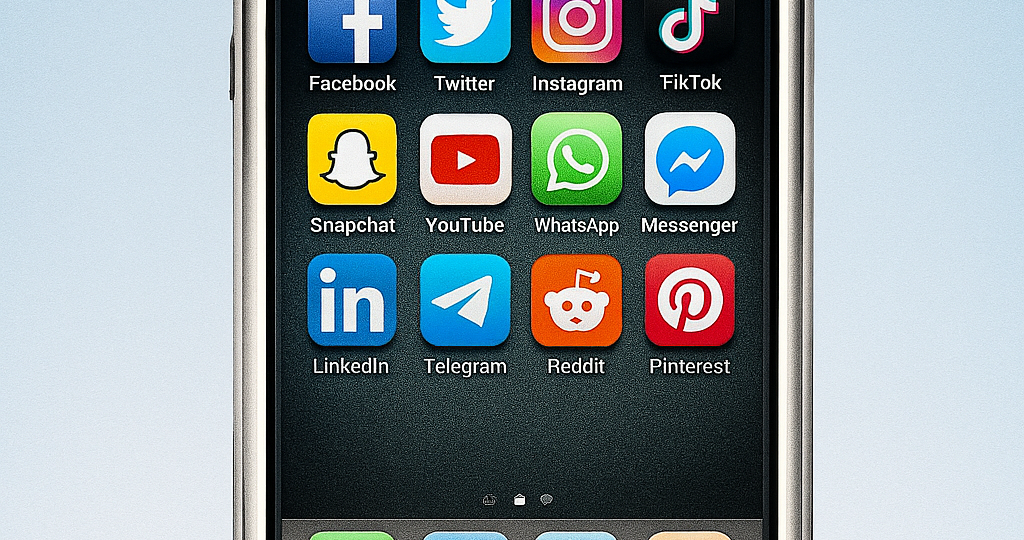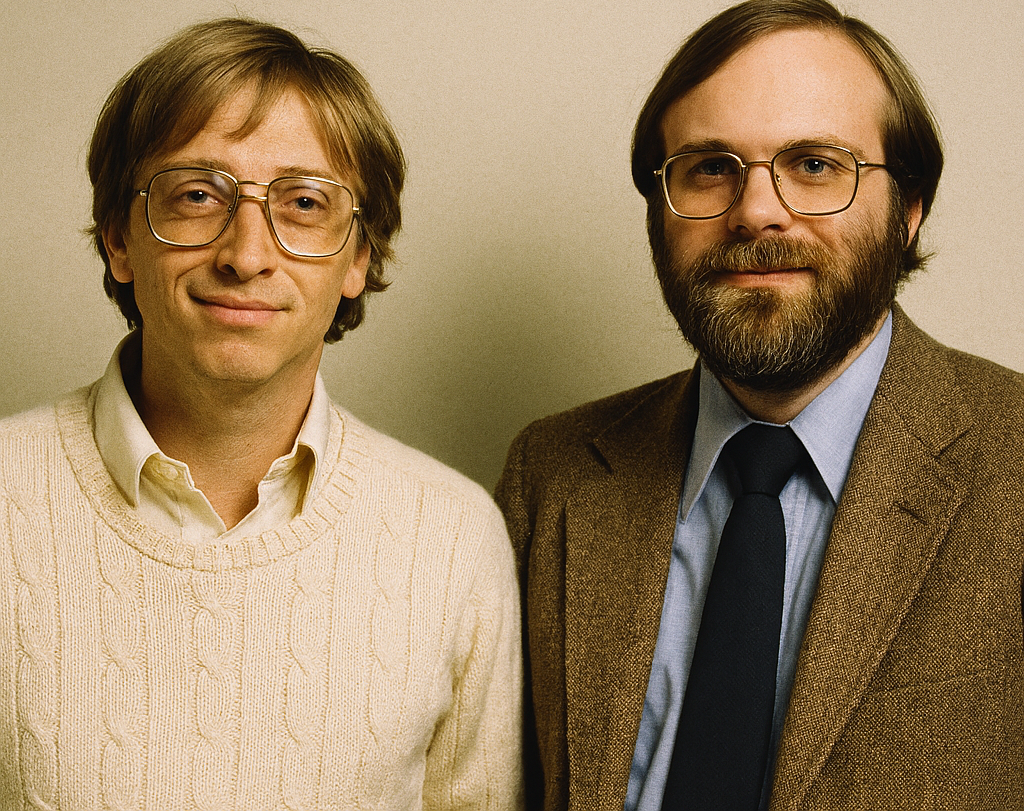
Welcome back. Here we go.
If the early 2000s were the experimental phase of social media, the late 2000s and early 2010s marked the explosion era. The release of the iPhone in 2007 changed everything, putting the internet—and by extension, social platforms—right into people’s pockets. Suddenly, social media was no longer something you visited on a desktop computer; it became an always-on companion.
This era also saw the rise of new platforms tailored to changing user habits. Instagram (2010) capitalized on the growing obsession with photos, while Snapchat (2011) introduced disappearing content, making communication feel more spontaneous. Later, TikTok (2016) would take short-form videos mainstream, capturing younger audiences and setting the stage for viral content unlike anything seen before.
Algorithms began to dominate how content was delivered, designed to keep users scrolling for as long as possible. The feed became personalized, shaping not only what people saw but also what they believed was important. This shift gave rise to the phenomenon of virality—memes, trends, and challenges spread globally within hours.
By the mid-2010s, social media was no longer just a tool but a cultural force. It influenced music, politics, fashion, and even language. Hashtags like #ThrowbackThursday and viral dances symbolized how deeply social platforms had embedded themselves into daily life.
The boom was in full swing, and it was only getting bigger.
RELATED POSTS
View all


